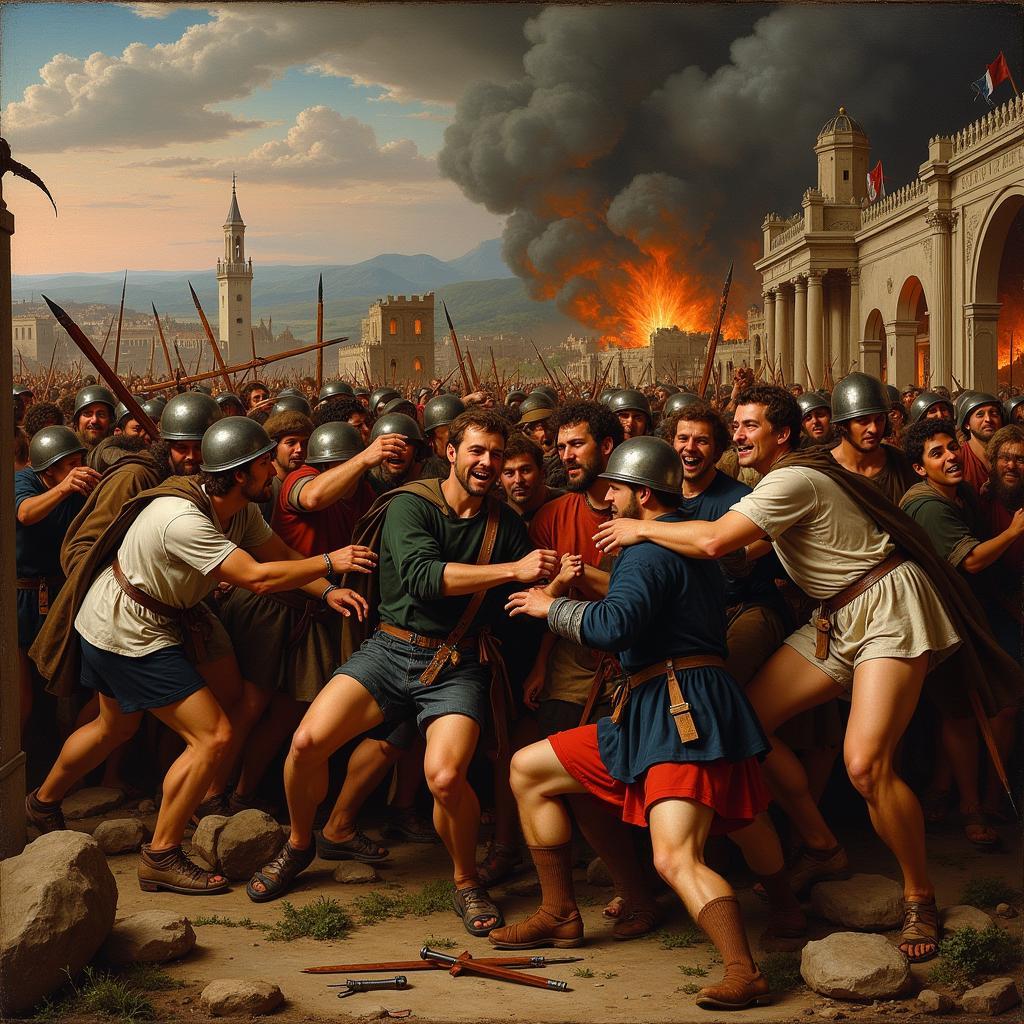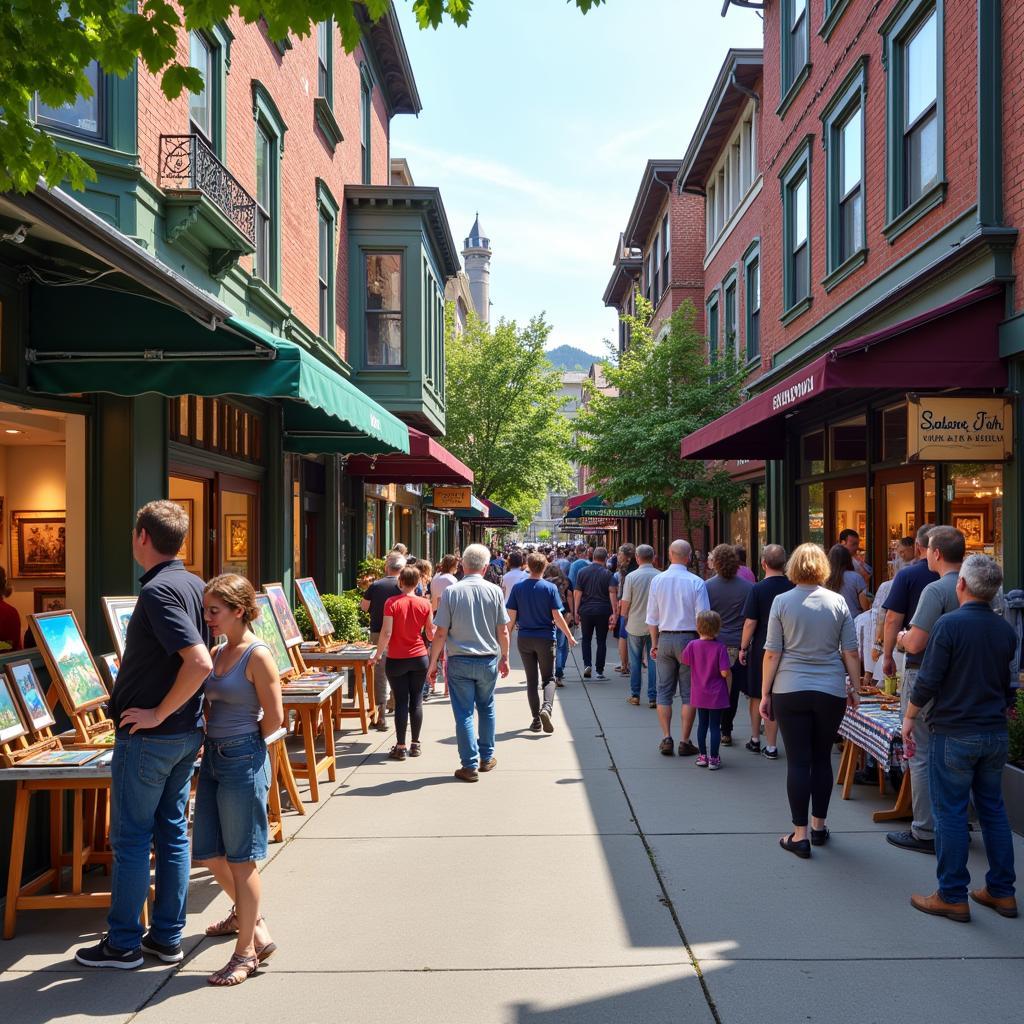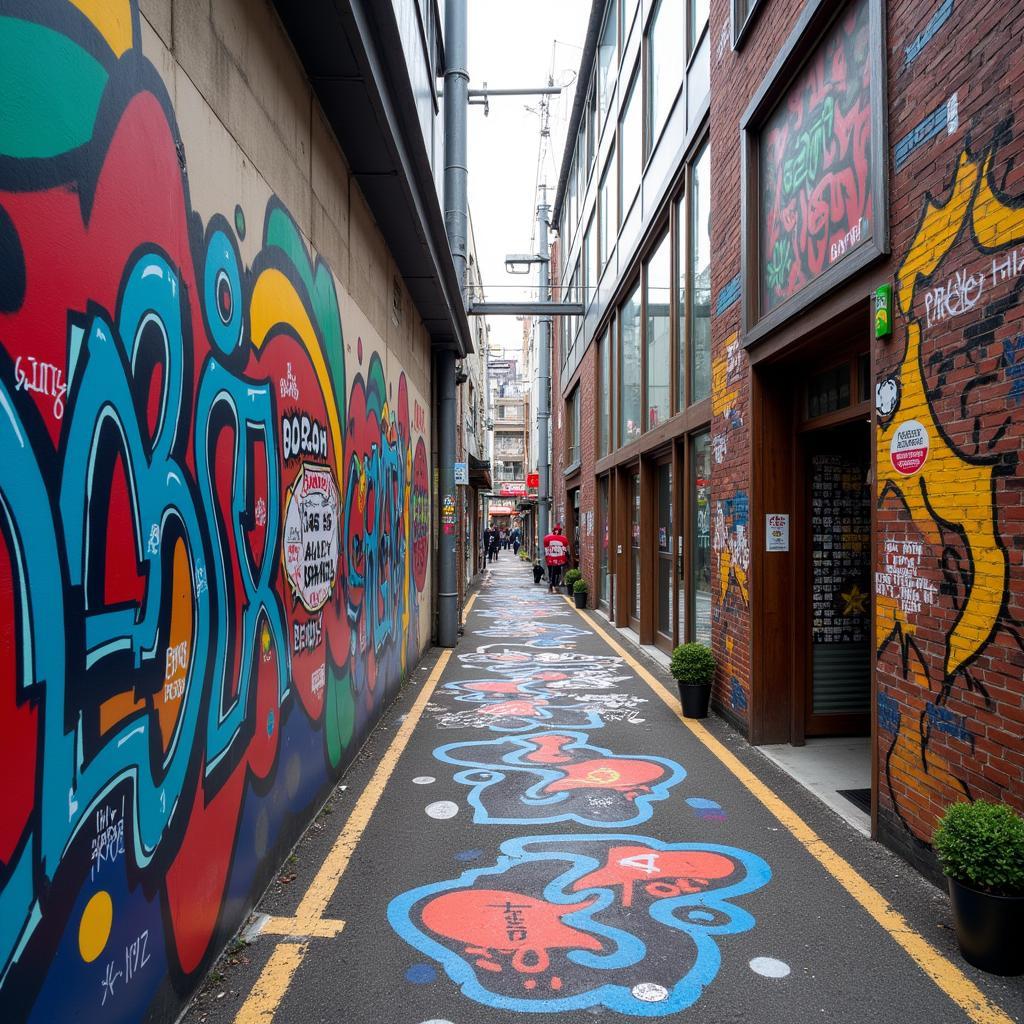Delving into the Powerful Realm of Guerre Art
Guerre Art, a term derived from the French word for “war,” encompasses artistic expressions born from the tumultuous experiences of armed conflict. It serves as a poignant reflection of the human condition when confronted with chaos, violence, and the profound impact of war on individuals, societies, and cultures.
From the visceral battle scenes depicted in ancient cave paintings to the haunting photographs capturing the horrors of modern warfare, guerre art provides an unflinching lens through which we can grapple with the complexities of conflict and its enduring legacy. This form of artistic expression transcends geographical boundaries and historical periods, serving as a universal language that communicates the raw emotions, profound losses, and enduring resilience of humanity in the face of adversity.
A Historical Perspective: Tracing the Evolution of Guerre Art
Guerre art boasts a lineage as ancient as warfare itself. Early manifestations often served propagandistic purposes, glorifying victories and bolstering morale. Ancient Egyptian tomb paintings, for instance, vibrantly depicted triumphant pharaohs vanquishing their enemies, while Roman battle reliefs immortalized the valor and might of their legions.
The Renaissance witnessed a shift towards greater realism and emotional depth in depictions of war. Artists like Leonardo da Vinci and Albrecht Dürer, profoundly affected by the conflicts of their time, infused their works with a sense of human drama and suffering. Da Vinci’s enigmatic “Battle of Anghiari” and Dürer’s chilling woodcuts of the Apocalypse stand as powerful testaments to the era’s growing awareness of war’s devastating consequences.
 Renaissance Era Guerre Art
Renaissance Era Guerre Art
The 19th and 20th centuries witnessed a proliferation of art movements that grappled with the horrors of industrialized warfare. From the stark realism of Goya’s “Disasters of War” etchings, which laid bare the brutality of the Napoleonic invasion of Spain, to the fragmented perspectives and jarring compositions of Cubist works like Picasso’s “Guernica,” which expressed the terror and chaos of the Spanish Civil War, artists sought new ways to convey the psychological and emotional toll of modern warfare.
Beyond the Battlefield: Exploring the Diverse Forms of Guerre Art
Guerre art encompasses a vast spectrum of artistic mediums and expressions. While painting, sculpture, and photography remain prominent forms, the genre has expanded to include performance art, installations, digital art, and even video games.
- Painting and Drawing: From epic battle scenes to intimate portraits of soldiers and civilians, painting and drawing offer artists a wide range of stylistic approaches to convey the realities of war.
- Photography: War photography, with its capacity for capturing raw emotion and unflinching realism, plays a crucial role in shaping public perception and bearing witness to atrocities.
- Sculpture: War memorials and monuments, often found in public spaces, serve as solemn reminders of sacrifices made and lives lost in conflict.
- Performance and Installation Art: These dynamic mediums provide immersive experiences, often challenging traditional narratives and provoking dialogue on contemporary conflicts.
The Enduring Relevance of Guerre Art in a Globalized World
In an era marked by interconnectedness and the pervasive reach of media, the role of art in processing and understanding conflict remains as vital as ever. Guerre art, with its capacity to transcend cultural and linguistic barriers, possesses a unique power to foster empathy, ignite critical dialogue, and challenge our perceptions of war and its far-reaching consequences. By engaging with these powerful works, we gain a deeper understanding of the human cost of conflict and the enduring quest for peace.
FAQs about Guerre Art
1. Is all guerre art anti-war?
Not necessarily. While much of it critiques war and its consequences, some works explore themes of heroism, sacrifice, and the complexities of human behavior in extreme situations.
2. How has technology impacted guerre art?
Technology has significantly broadened the scope of artistic expression. The advent of photography and film, for instance, revolutionized how war was documented and perceived. Digital media and the internet continue to offer new platforms for artists to engage with contemporary conflicts.
Exploring Further:
For those interested in delving deeper into specific examples of art inspired by conflict, the following resources offer a rich starting point:
- Black and white photo art can offer a powerful lens into the realities of war.
- Exploring the vibrant Mexico City street art scene can reveal how contemporary artists grapple with social and political issues, including conflict and violence.
Remember, engaging with art is a deeply personal experience. Allow yourself to be challenged, moved, and inspired by the diverse voices and perspectives represented within the realm of guerre art.
If you require further information or assistance, please don’t hesitate to contact us. Our team is available 24/7 to assist you.
Phone: 02462573573
Email: danteum@gmail.com
Address: Savico Megamall, 7-9 Đ. Nguyễn Văn Linh, Gia Thụy, Long Biên, Hà Nội 10000, Việt Nam.


